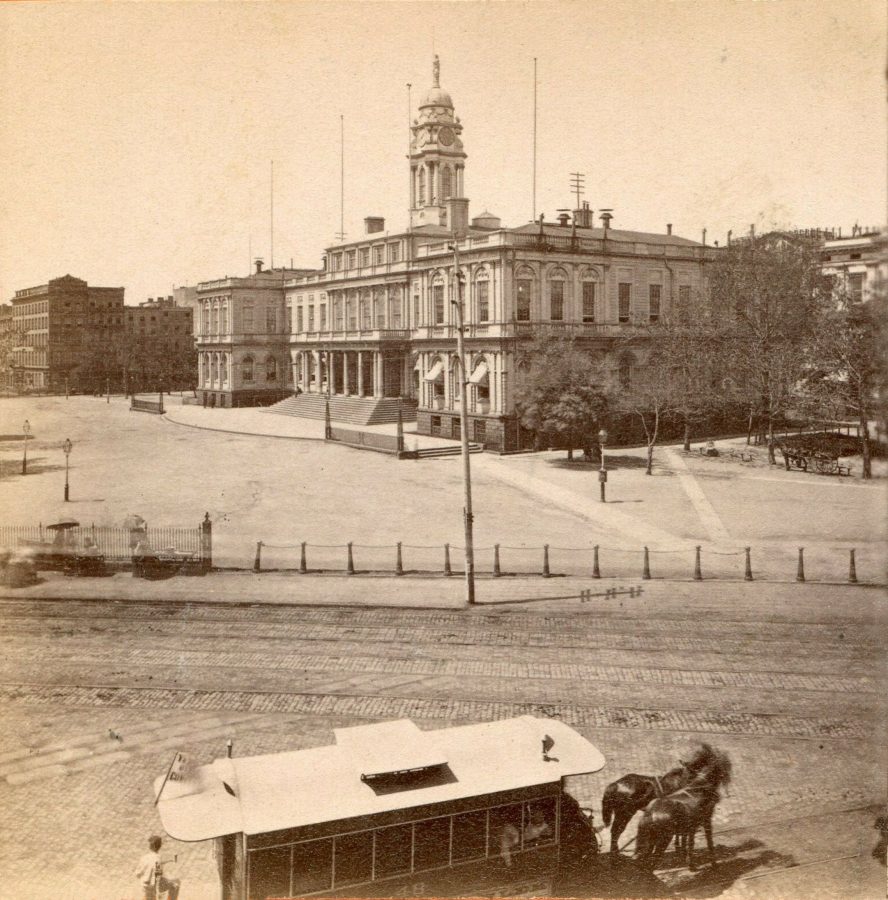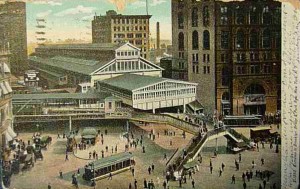According To Writer Donald Henderson Clarke, Normal Human Beings Are A Rare Breed
 Donald Henderson Clarke (1887-1958) enjoyed telling a good story. Clarke was able to accomplish that as a successful reporter for many New York newspapers including The New York World, New York Times, and the New York American. After his newspaper stint from 1907 through the 1920s, Clarke began writing books and screenplays which made him a tidy sum.
Donald Henderson Clarke (1887-1958) enjoyed telling a good story. Clarke was able to accomplish that as a successful reporter for many New York newspapers including The New York World, New York Times, and the New York American. After his newspaper stint from 1907 through the 1920s, Clarke began writing books and screenplays which made him a tidy sum.
Born to a wealthy New England family, Clarke lived the life of a bon vivant, but always held a fascination for the underbelly of life. Besides writing about the famous and newsworthy, Clarke spent quite a bit of time with bootleggers, gangsters and prostitutes. Out of nowhere in his autobiography, Man of the World: Recollections of an Irreverent Reporter, 1951, Vanguard Press, Clarke makes an astute observation about the human condition.
64 years after this was written, this timeless description of normalcy and humanity still strikes a strong chord. Clarke’s quirky style comprises the longest run-on sentence I’ve read by a journalist, but I’ll forgive him the run-on, because he is right on the mark.
Good, normal human beings are a rarity, and we all should be thankful for that. They are dull, monotonously successful, exasperatingly even-keeled, always in good health. Of course, they should not be called normal.
Most human beings suffer from anxieties, worries, fears, suppressed desires, regrets for past sins, secret yearnings for future sins, aches, pains, toothaches, flat feet, ingrowing toe nails, body odors, hair in the wrong places, too little hair in the right places; they are too short or too tall or too plump or too lean; they wish they were married, wish they were unmarried, wish they could have a successful careers, are bored silly with successful careers, wish they had children, wish their children would hurry up and get married, wish their children would never marry, are afraid of hell, are afraid of the dark, are afraid of poverty, wish their noses were different, wish they were in society, are bored with society, wish they could know actors and actresses, wish they could get away from actors and actresses, shoot and poison their husbands, shoot and cut the throats of their wives, make love to the cook, make love to the chauffeur, talk virtue and think of vice, howl because Rossellini and Bergman have a baby without benefit of clergy – and wish they could be Bergmans or Rossellinis.
The average human being is full of imperfections which make him-her interesting. When the imperfections lead to explosions small or large, it makes the kind of news I like – the sort of news that reveals the human being for what he is – mortal and finite but clinging desperately to the idea that he is immortal and infinite; possessing nothing, no matter if he has millions of dollars, but soothing his fears with the false idea that he has possessions.
He is suddenly gone. Nothing is more ridiculous than the carcass left behind, unless it be the strangely patterned bits of cloth and leather with which he or she concealed that carcass from view. The discarded garments of one suddenly dead look tiny and silly.
Where did the spirit flit? Even several Christians will not give you the same answer. It depends on the particular belief of the particular Christian. Mohammedans will tell you Paradise, where warriors will have a bevy of houris to amuse them. Other religions, whose followers outnumber Christians, will give you other answers.
No human being ever went wherever it is and came back to tell about it in plain, everyday language. That would be one big, important, serious newspaper story I would like to cover.
Continue reading →
 While the structure no longer exists the scene still does- commuters heading back to Brooklyn after work.
While the structure no longer exists the scene still does- commuters heading back to Brooklyn after work. The young man on the left in bowler hat and bow tie does not seem to be in a hurry. There is something endearing Continue reading
The young man on the left in bowler hat and bow tie does not seem to be in a hurry. There is something endearing Continue reading 











